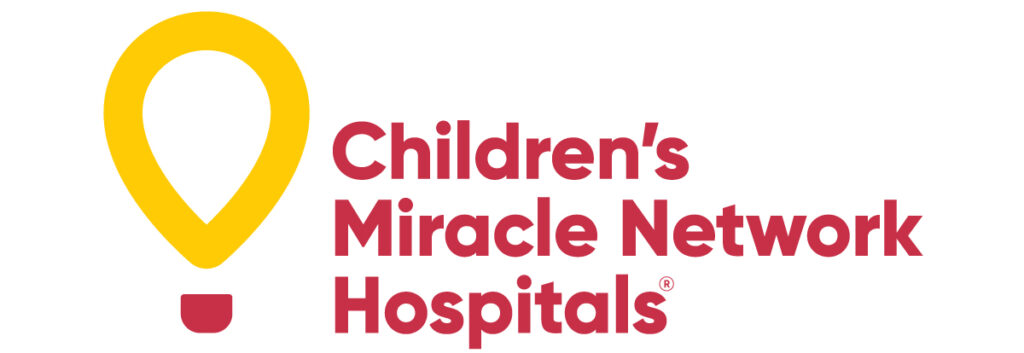Purchasing a rental property in Kingston can be a great investment opportunity, especially for parents of college/university students or student property investors. Kingston is home to several renowned educational institutions, including Queen’s University, the Royal Military College of Canada, and St. Lawrence College, attracting a significant student population. This contributes to the city’s demand for student housing and rental properties. Kingston’s Student Property Guide aims to provide useful information for those interested in buying a student property.
1. Understand the Student Rental Market:
Before investing in a student property, it’s crucial to familiarize yourself with the local rental market. Kingston’s student rental market is highly active, with significant demand for housing options close to educational institutions. Understanding rental rates, vacancy rates, and the preferences of student tenants will help you make informed decisions.
2. Location, Location, Location:
Consider properties in close proximity to universities and colleges. Students often prioritize convenience, seeking properties within walking distance or with easy access to campus. The University District, Williamsville, and Sydenham Ward are popular among students due to their proximity to Queen’s University and St. Lawrence College.
3. Timing is Key:
Students often begin their search for off-campus housing well in advance, aiming to secure a place before the academic year concludes in April. Most rental leases typically run from May to April, so starting your search in the fall is wise to ensure you secure your ideal spot by the end of the year or early in the new year. Notably, students who kick off their property search early tend to exhibit greater responsibility and organizational skills, making them reliable and considerate tenants compared to those who procrastinate until the last minute.
If your goal is to secure a property by the start of the year, you’ll need adequate lead time to find the right rental home that suits your preferences and investment goals. Depending on market dynamics, the fall months provide a suitable starting point for your property search. This gives you ample time to navigate the market, identify properties that meet your criteria, and ensure a smooth transition into the new year.
Purchasing a rental property earlier positions you strategically in the market and offers additional advantages. You gain more control over selecting tenants, ensuring they align with your rental property’s standards. Moreover, if you’re buying for your child, it provides them with ample time to make necessary arrangements and find compatible roommates if needed.
4. Property Size and Configuration:
Consider the size and configuration of the property. Students generally prefer shared accommodations, such as houses or apartments with multiple bedrooms and common areas. Homes with four to six bedrooms, multiple bathrooms, and communal spaces like living rooms and kitchens tend to be in high demand.
5. Safety and Security:
Ensure that the property meets safety standards and provides a secure living environment. Install smoke detectors, carbon monoxide detectors, and fire extinguishers. Adequate lighting and secure entrances are also important. Consider properties in neighborhoods with low crime rates and good security infrastructure.
6. Property Maintenance:
Maintaining the property is essential for attracting and retaining tenants. Regularly inspect and address any maintenance issues promptly. Consider hiring a property management company or maintenance personnel if you need help to handle it yourself. Well-maintained properties create a positive impression and are more likely to generate higher rental returns.
7. Furnishing and Amenities:
Decide whether you will offer a furnished or unfurnished property. Furnished properties can attract higher rental rates, as students often prefer the convenience of ready-to-move-in accommodations. Essential furnishings include beds, desks, chairs, and storage options. High-speed internet access is a must, as students heavily rely on it for their academic needs.
8. Rental Agreements and Leases:
Ensure you have clear and comprehensive rental agreements or leases in place. Define the rental terms, responsibilities, and obligations of both the landlord and tenants. It is advisable to consult the Residential Tenancy Agreement/Standard form of Lease available on the Ontario Landlord Tenant Board website, as it comprehensively defines these terms and obligations of both landlords and tenants. Additionally, consider including specific clauses tailored to student tenancies, such as those pertaining to subletting restrictions and noise regulations.
9. Financial Considerations:
Determine the financial viability of the investment. Calculate potential rental income, factoring in expenses like mortgage payments, property taxes, insurance, and maintenance costs. Consider working with a financial advisor or real estate professional to analyze the investment and ensure it aligns with your financial goals.
10. Engage Professionals:
Seek advice from professionals experienced in student property investment, such as real estate agents, property managers, and accountants. They can provide valuable insights and help navigate the specific challenges and regulations associated with student rentals in Kingston.
Investing in a student property in Kingston can be a rewarding venture. You can make a well-informed investment decision by understanding the local rental market, focusing on location, timing the search correctly, and considering the needs of student tenants. Remember to prioritize safety, maintenance, and proper documentation to ensure a smooth rental experience for you and your tenants.







